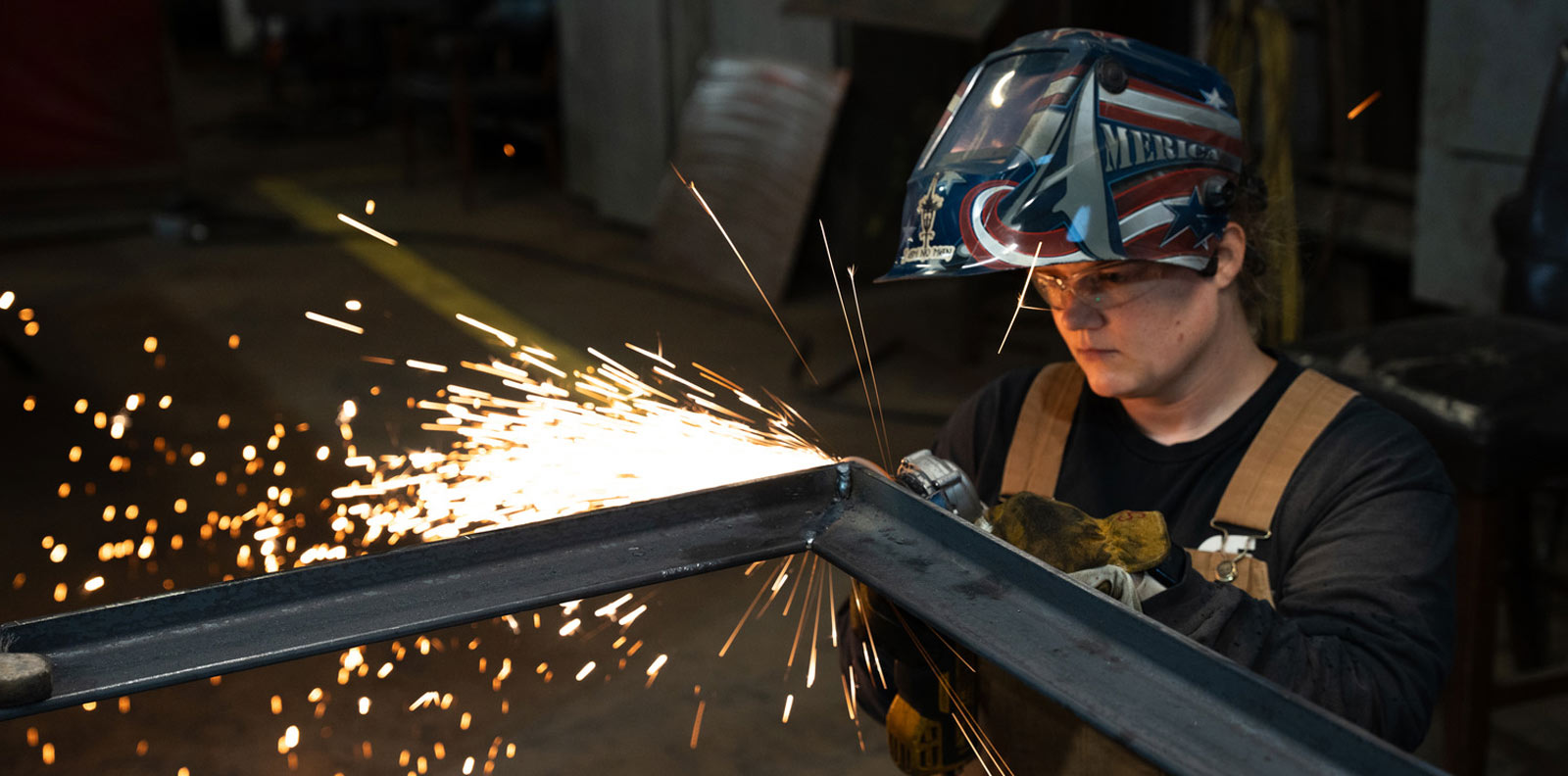RSI is a Great Training Option for Everyone
Learn more about how we can prepare you to advance your career.
One of the first things students often learn about in an HVAC training program is refrigerants.
But what are refrigerants? And what part do they play in the heating and cooling process?
Simply put, a refrigerant is a compound typically found in either a gaseous or fluid state that can easily absorb heat. HVAC systems are designed to use refrigerants to help transfer heat from inside the home to outside of it or vice versa.1
In this article, you can see…
- How refrigerants work.2
- The most common types of refrigerants.1
- Why it’s important for HVAC technicians to learn about refrigerants.3
How Refrigerants Work
Basic Principles of Heat
To understand how refrigerants work, you’ll need to know a few fundamental principles about heat and how it functions. These principles never change as you can see in this amusing 1963 film produced by the U.S. Air Force.2
Get Started on the Path to a New Career
Fill out our form to learn how we can help you change your life.
Hot and cold are relational terms. They are qualified by comparing the temperature of one thing to another. For example, a glass of room-temperature orange juice is hotter than ice cubes but colder than a boiling pot of water.2
Because room-temperature orange juice is hotter than ice cubes, the ice cubes melt in the orange juice. They change from a solid into a liquid.2
It may seem like a simple, everyday occurrence. But the melting ice cubes illustrate two important principles: heat always moves from a hotter substance to a cooler one. And a change in state is always accompanied by a gain or loss of heat.2
Similarly, pressure and heat are related. Refrigerant gases become hotter when pressurized. The more pressure the gas experiences, the hotter it becomes. This is important when discussing the science of how refrigerants work in HVAC systems.2
The Refrigeration Cycle
Now that you know some of the basic principles that govern temperature, you can hopefully better understand the role refrigerants play in the cooling process.
For this example, you can see how refrigerant works to move heat out of a refrigerator:2
- The refrigerant starts by leaving the receiver, which acts as a storage container for the refrigerant. It is then pressurized, moving until it reaches the expansion valve.2
- The heat from the food in the refrigerator is then absorbed by the cool, liquid refrigerant. This turns it into a boiling gas. The reason the refrigerant boils at this point, even from food that isn’t scorching hot, is because different compounds have different boiling points. For example, water boils at a different temperature than refrigerant because they are different compounds. Refrigerant’s boiling point happens at a far lower temperature than water’s.2
- The refrigerant then passes through the compressor, which heats it even more. This ensures the refrigerant becomes hotter than the air, so it gives up its heat to the air when it passes through the evaporator. Recall that heat always moves from a hotter substance to a cooler one.2
- Once cool again, the refrigerant turns back into a liquid before returning to the receiver to restart the process.2
The Most Common Types of Refrigerants
Refrigerants are as essential to refrigeration as oil is to automobiles, and as such, humans have continuously explored and developed more efficient and environmentally friendly alternatives for cooling.1,3
Here are three types of refrigerants that have been commonly used in cooling equipment over the years. 1
Chlorofluorocarbons
These refrigerants were banned in 1994 due to the contribution they had to the greenhouse gas effect.1
Hydrochlorofluorocarbons
Although on the verge of being completely phased out in 2020, R-22 is considered slightly less harmful to the earth’s ozone layer.1
Hydrofluorocarbons
HFCs are still a greenhouse gas that contributes to climate change, but they do not use chlorine and are safer for the environment.1,3 They are more reliable and efficient and are seen as one of the better refrigerant options available at the moment.1,3
Why HVAC Technicians Learn about Refrigerants
As an HVAC technician, it’s important to stay up to date on refrigerants and refrigerant regulations. Doing so could help you select the best options for your customers’ equipment and avoid breaking the law by using banned refrigerants.3
Additional Sources
1https://www.aireserv.com/about/blog/2016/june/what-is-refrigerant-and-how-does-it-help-your-ai/
2https://www.youtube.com/watch?v=CSrhZzSA7aQ
- Principles of Heat (2:42)
- Heat Transfer (3:50)
- Change of State Requires a Loss or Gain of Heat (5:12)
- The More Pressurized the Gas, the Hotter the Temperature (5:34)
The Refrigeration Process:
- The Expansion Valve (6:19)
- Absorption of Heat from Food (7:07)
- Different Compounds Equal Different Boiling Points (9:29)
- Refrigerant Gives up Heat to the Air (7:21)
3https://www.epa.gov/sites/production/files/2018-09/documents/section_608_of_the_clean_air_act.pdf
This blog has been labeled as archived as it may no longer contain the most up-to-date data. For a list of all current blog posts, please visit our blog homepage at https://www.rsi.edu/blog/



